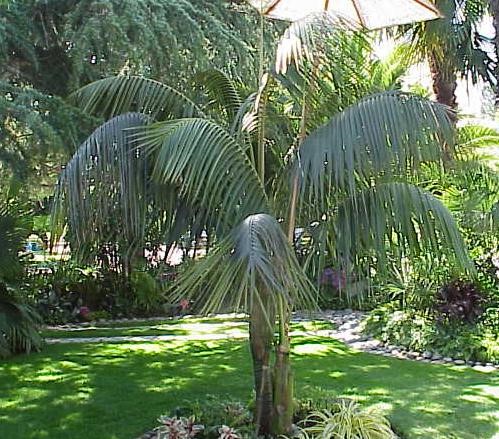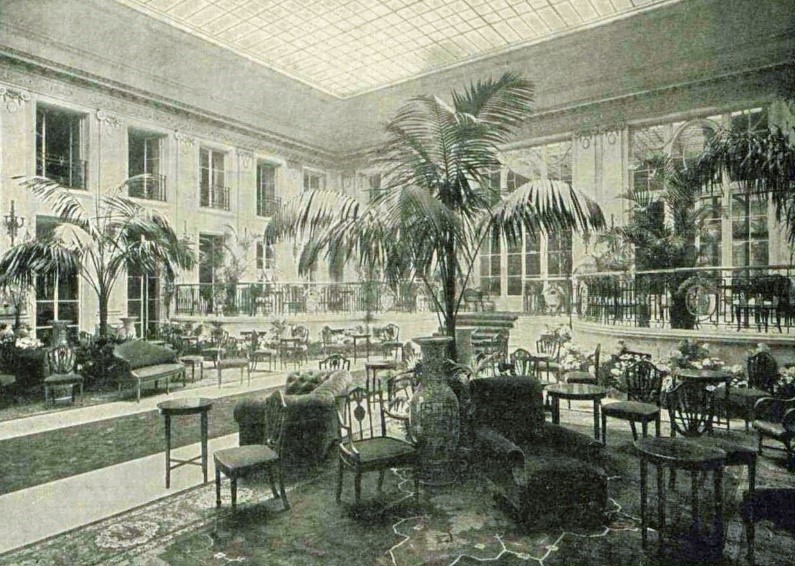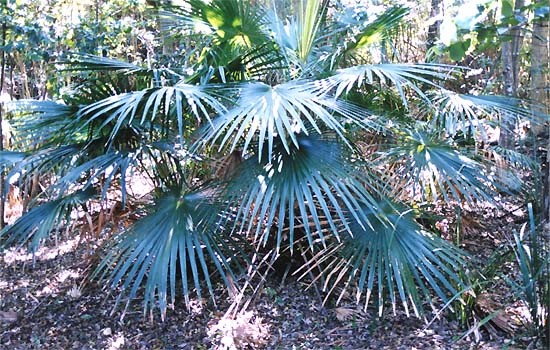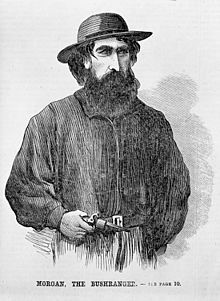After a short holiday, spent wandering around the magnificent palm infested hills of far North Queensland, I was strolling along the Sanctuary Lakes Northern Boulevard. I stopped to admire the Signature Boulevard entrance's recent planting of an impressive giant 100-year-old Phoenix Palm, and I also noticed inside the gate a hint of Hollywood; with the palms that line Beverly Hills - the Mexican Fan Palm (Washingtonia robusta) in our very own area. Wandering on towards Breezewater and having a "nosey' at the gardens along the way, I became conscious of just how many other wonderful palm trees are thriving in the gardens within Sanctuary Lakes.
Palms represent an ancient part of the world's flora and, even before flowering plants had emerged, they dominated the pre-historic forests. While other plants started to evolve, palms continued to propagate from generation to generation, with miniscule change over periods of tens of millions of years. Apart from the intrinsic beauty of their form and foliage, the antiquity of these plants commands our attention.
Palms in the wild tend to inhabit moist rainforest-type habitats where their seedlings are able to establish under low light conditions but will eventually grow tall enough to emerge alongside the tree canopy. They can therefore grow very well under the Sanctuary Lakes garden’s conditions, as they are of a reasonably deep and moisture-retentive soil.
By far the most popular native palm growing in the gardens of Sanctuary Lakes is the Kentia Palm.

The Kentia is one of the most beautiful palms and is suitable for growing either indoors or outdoors. An Australian native palm, the Kentia has also been grown in Europe since the 1850s. The Palm Courts, which became popular in Edwardian hotels like those of The Ritz and Carlton Hotel in London or the Plaza Hotel in New York, all featured Kentia palms. It was also the symbolic palm for the Victorian crowd-pleasing Palm Court Orchestras.
Another reason for their popularity is attributable to Queen Victoria. The Queen not only cultivated them in all of her palaces, but left instructions for Kentia palms to be placed around her coffin while she lay in state. The association with royalty and the fact that the Kentia were quite expensive to buy, gave those Victorians who could furnish their homes with them, a certain prestige.

The Kentia palm has a slender trunk with slightly raised annular trunk rings and a graceful crown of dark-green featherlike, drooping fronds. These leaves can grow up to 3 meters long on thornless petioles. While the leaves produce an airy and poised look, the finger-shaped leaflets bend downward in a fashionable two-tone look. The trunk alone can grow 5-10m, but in an open position (such as in a garden) rarely grows more than 8m tall. The Kentia flowers are small and fleshy and are borne on long arching spikes, which grow up under the fronds and mature as small red fruit. Kentias do have male and female flowers but they are both on the same flower cluster, so a single tree will produce fertile seeds.
The Cabbage or Fan Palms are well represented in the gardens of Sanctuary Lakes. The palm is named after the 17th century Scottish botanist and plant collector, Baron Livingstone. The common name comes from nutritious bud growing on the tip of the plant, known as the 'cabbage', which was eaten either uncooked or roasted by First Nations peoples and early European settlers; but unfortunately picking the fruit kills the tree, as it cannot re-grow from another point.

The Cabbage Fan Palm is a very slow growing single trucked palm eventually growing after 50 to 70 years up to 20-30 m. Botanists have estimated that it takes over some 100 years for a Cabbage Palm to reach its full reproductive age. The trunk is slender and grey, with fissures and rings. The leaves are a typical fan shape, to about 4m long, partially divided into numerous segments, and the stalks are provided with sharp spikes on the edges; but the points of the leaves droop in mature plants. In spring and early summer, the cabbage tree palm bears flower spikes with sprigs of creamy white flowers. The fruit is red, turning black, up to about 1.5 cm in diameter. The fruits take a long time to ripen, and a long time to germinate. Being very tolerant of wind and salt, and enjoying damp semi sheltered areas, the Cabbage Palms grow well in our Sanctuary Lakes gardens.
 The Cabbage Fan Palm was an important First Nations persons food supplier. New growth of the Palm could be cooked or eaten raw and the heart of the trunk could be cooked as a medicine to ease a sore throat. Leaves of the cabbage-tree palm were used for shelter and fibres for string, rope and fishing lines.
The Cabbage Fan Palm was an important First Nations persons food supplier. New growth of the Palm could be cooked or eaten raw and the heart of the trunk could be cooked as a medicine to ease a sore throat. Leaves of the cabbage-tree palm were used for shelter and fibres for string, rope and fishing lines.
The early European settlers also made use of the Cabbage Fan's leaves. Seeking protection from the sun, they used fibre from the palm to create the 'cabbage tree hat', a distinctive form of headwear during the colonial era. No self-respecting Bushranger would be seen in public, without his 'cabbage tree hat'. Even the most notorious bloodthirsty bush ranger Dan 'Mad Dog' Morgan was always portrayed with his fashionable cabbage tree hat.